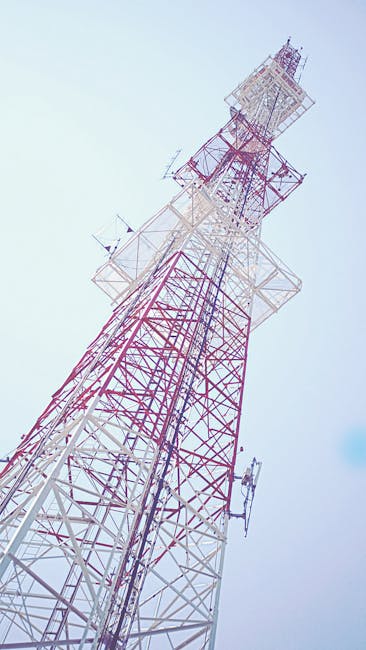 Recognizing Wireless Systems: The Future of Connectivity
Recognizing Wireless Systems: The Future of Connectivity
In today’s busy digital world, cordless systems have actually come to be an essential part of our every day lives. From smartphones and laptops to clever home tools, the reliance on cordless innovation has actually escalated significantly over the previous years. This fast evolution not only enhances communication but also enhances the general individual experience, permitting smooth links across different applications. In this short article, we will certainly look into what wireless systems entail, their kinds, benefits, obstacles, and their future in a quickly progressing technical landscape.
Wireless systems mostly include the transmission of data over a range using electro-magnetic waves as opposed to wired connections. These systems can be classified right into several kinds, consisting of Wi-Fi, Bluetooth, cellular networks, and satellite interaction. Each kind serves an unique purpose and operates on certain regularities to assist in interaction. For example, Wi-Fi networks are generally utilized for local area network connection, while cellular networks allow mobile interaction over huge distances, satisfying countless users all at once.
The benefits of wireless systems are manifold. Firstly, they provide unparalleled ease, allowing users to accessibility details and solutions from practically anywhere without being tethered to a physical link. This versatility has actually resulted in the surge of mobile computing and the Web of Points (IoT), where day-to-day objects are interconnected, enhancing functionality and customer experience. In addition, wireless systems usually reduced installation prices and simplify network management, making them an attractive alternative for companies and people alike.
Regardless of their numerous advantages, cordless systems also face challenges such as protection problems and signal disturbance. The open nature of cordless communication makes it vulnerable to unapproved access and data violations. Therefore, it is crucial for individuals and organizations to carry out robust protection measures, such as file encryption and VPNs, to shield their data. Moreover, factors like physical blockages, distance, and environmental problems can result in signify deterioration, impacting the integrity of cordless communications.
Looking in advance, the future of wireless systems shows up intense, driven by ongoing innovations in modern technology. With the rollout of 5G networks, individuals can anticipate significantly faster speeds, lower latency, and boosted connectivity for an ever-growing number of gadgets. This will lead the way for developments in fields such as self-governing automobiles, telemedicine, and clever cities, placing cordless systems as the foundation of the connected world. As innovation remains to advance, so will the capacities of wireless systems, ultimately reshaping the method we communicate and interact with our surroundings.
In conclusion, wireless systems are not simply a fleeting pattern however a basic facet of modern connection. With understanding their types, benefits, and challenges, people and organizations can better appreciate their value in today’s digital landscape. As we progress towards a more interconnected future, embracing cordless technology will certainly be crucial to opening new opportunities and improving our daily lives.